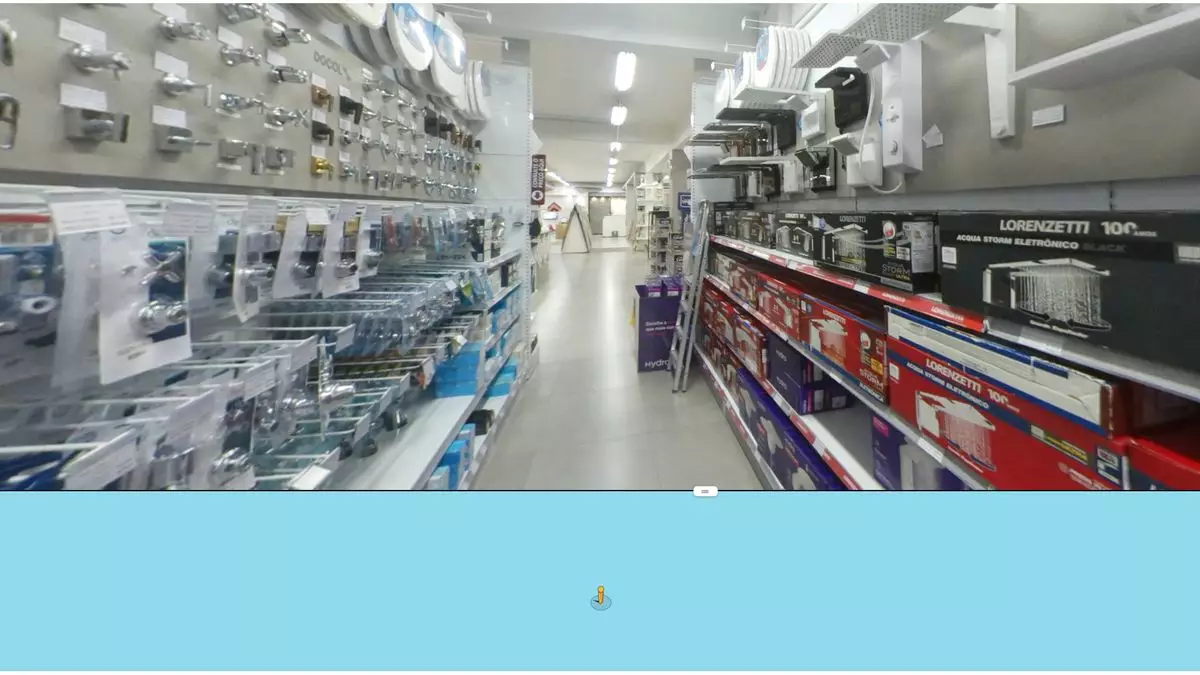Google Street View, a formidable feature of the digital mapping phenomenon, has allowed users to traverse the world from the comfort of their homes. However, lurking within its vast database are strange anomalies that have captured the collective imagination of internet users. The essence of these quirky digital mishaps not only lies in misplaced locations but also sparks curiosity about underlying narratives that challenge our perceptions of reality. At the heart of this discussion is the whimsical fate of the Google Street View pin—often perceived as an unremarkable yellow figure thrust into our digital inquiries, left to linger in virtual obsolescence.
The Forgotten Perspective of the Google Pin
Imagine the small, yellow Google Street View icon—the very embodiment of digital exploration. Seen by millions, this little figure plays the role of our guide through streets and landmarks worldwide, yet it feels tragically existential. When we drop it in a new location, it seems to whisper, “Here’s your view,” while yearning for its own way back home. Amidst the staggering swath of geographic data at its disposal, this pin epitomizes all that is both whimsical and melancholic about our interactions with mapping technology.
Yet, a recent discovery by adventurous Redditors has turned the mundane existence of this digital icon on its head. Users are stumbling upon bizarre and provocative instances where Google Maps inaccurately places Street View pins in the middle of the ocean. One intriguing example features an inexplicable commercial interior allegedly positioned on the mid-Atlantic ridge—an unlikely scenario that triggers laughter, disbelief, and a dash of intrigue among armchair explorers. The internet is rife with speculation about why these distortions occur and what they signify about our digital age.
Delving deeper into the findings, it becomes apparent that these strange placements may not be mere accidents. For instance, one entry displays a bathroom aisle found in a hardware store purportedly sitting in the heart of the Atlantic. This bizarre location—titled “Joca Construção”—has prompted a smorgasbord of theories, ranging from simple data entry errors to elaborate marketing ploys by digital agencies.
The satirical undertone of these theories raises questions about our reliance on technology and the occasional slip-ups that come with it. Could it be that visual marketing firms are inadvertently sabotaging their campaigns, generating absurd hilarity instead of visibility? The conspiracy thickens, as more users unearth additional misplaced establishments, creating a pattern that tantalizes with the suggestion of a broader narrative.
Futurism’s follow-up explorations illuminate additional cases, including a Polish restaurant seemingly marooned in Germany’s Germanic coast—but again, amidst the vast expanse of the Atlantic. Another error introduces a supposed auto parts storage facility lodged in the South Pacific, challenging our common knowledge of commercial logistics. These anecdotes highlight an intriguing possibility regarding the submission process of Street View data, where user-generated content might easily degrade into humorous absurdity due to data upload mishaps.
This phenomenon raises the stakes for businesses hoping to capitalize on Google Street View’s visibility, underscoring the often-overlooked importance of accurate metadata. In a digital landscape where precision is key, one can’t help but wonder: could these companies be playing a sly game of digital hide-and-seek, or are they simply at the mercy of technological missteps?
While the most plausible explanation seems to suggest mere errors in data entry, there remains a captivating allure to the idea that these misplacements tap into something deeper than just technical flukes. This convergence of reality and the virtual realm teeters on the edge of modern folklore. It evokes fantasies about alternate dimensions colliding and portals to other worlds springing up in our everyday settings.
As amusing as it may be to consider that the unfortunate beachfront fixtures of our imagination might be mere floating metaphors in a churning ocean of data, such anomalies remind us of the imperfections inherent in our technological tools. They also serve as a charming commentary on the ways we interact with the digital world—brought forth by a small yellow icon that reflects the complex and often unpredictable essence of human curiosity.
In a time characterized by rapid technological advancements and an increasing intersection of real and virtual experiences, these Google Street View anomalies invite us to celebrate the light-hearted side of the digital age, where even misplaced pixels can render joy and wonder against a backdrop of our ever-evolving digital landscapes.

